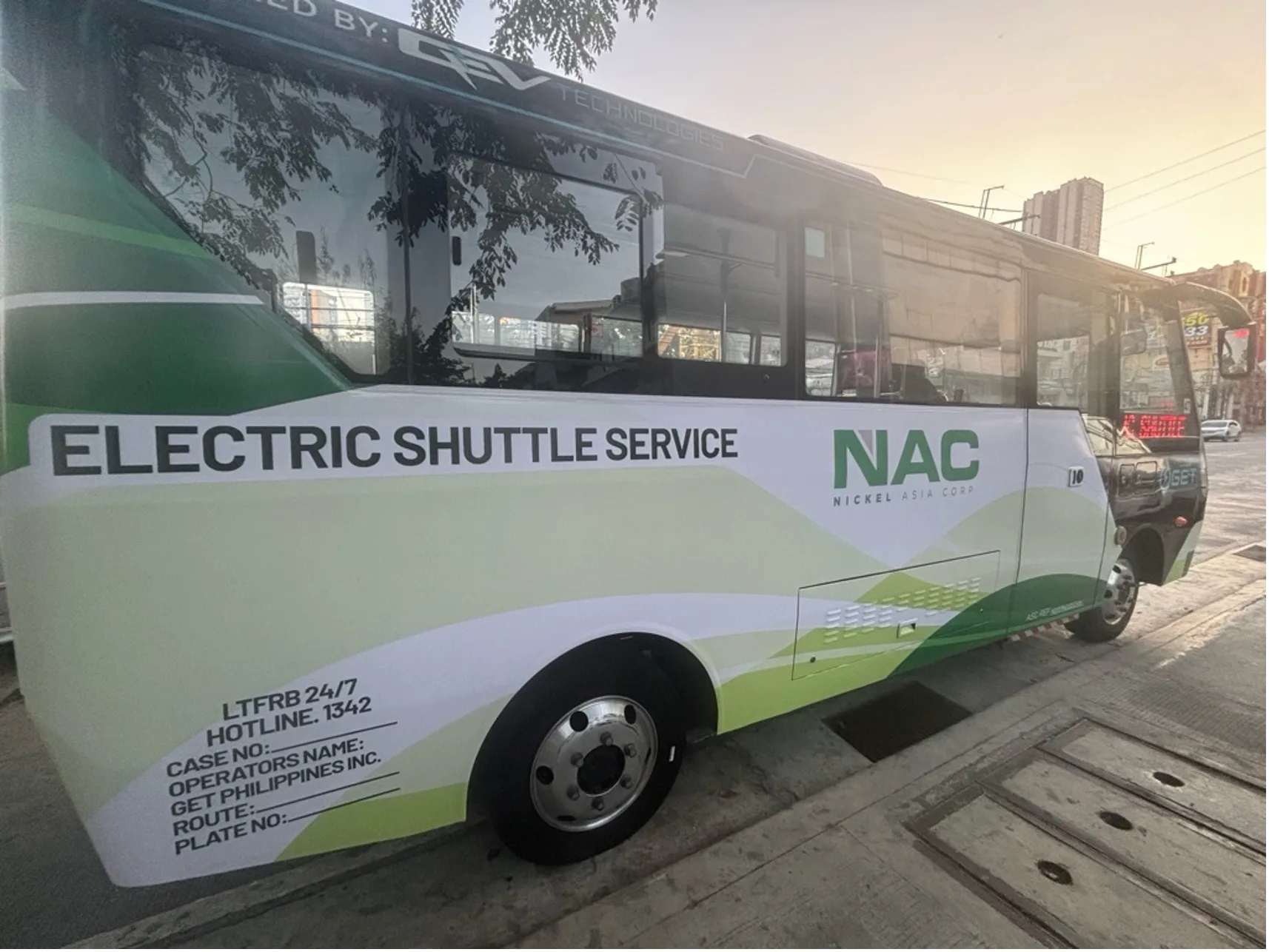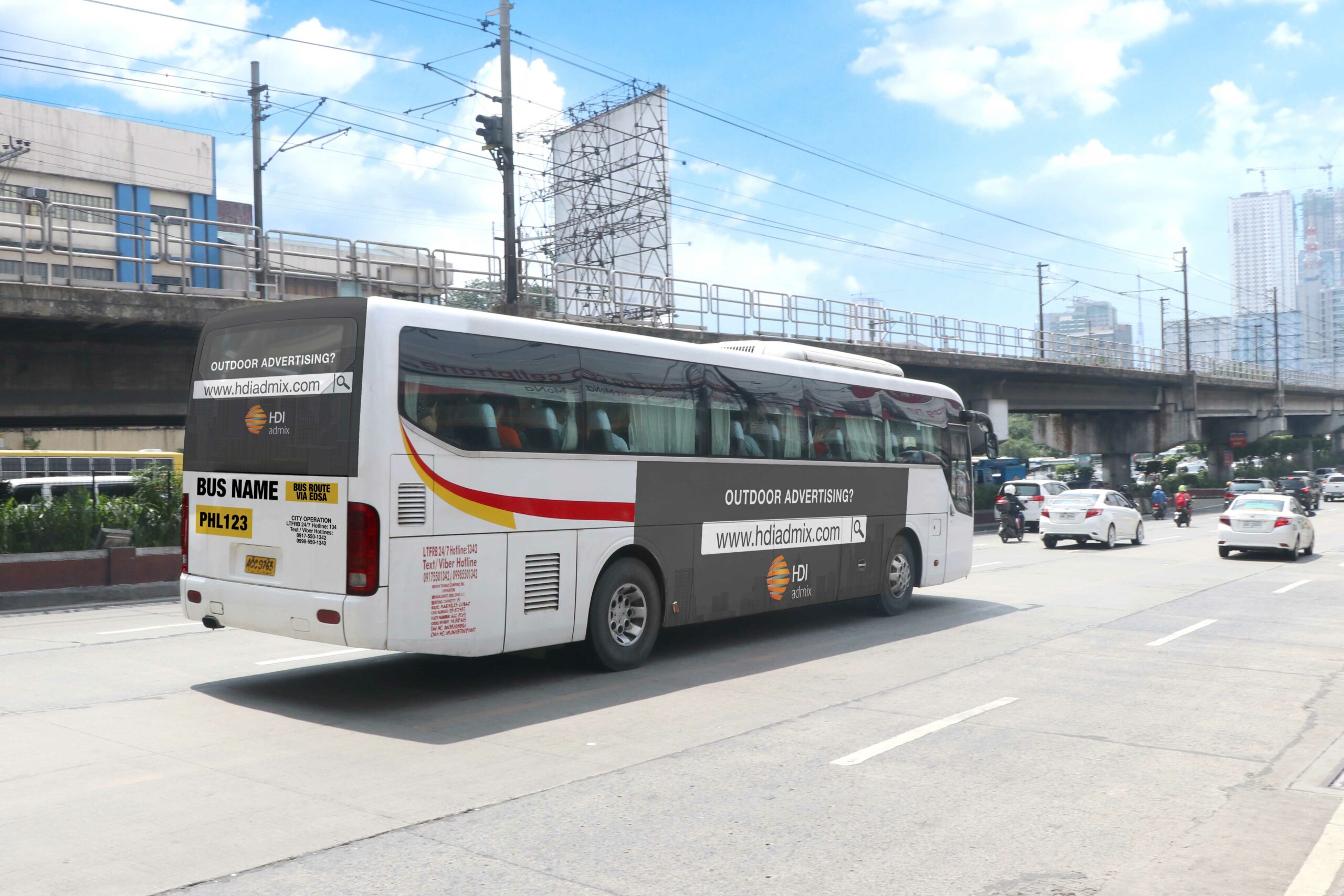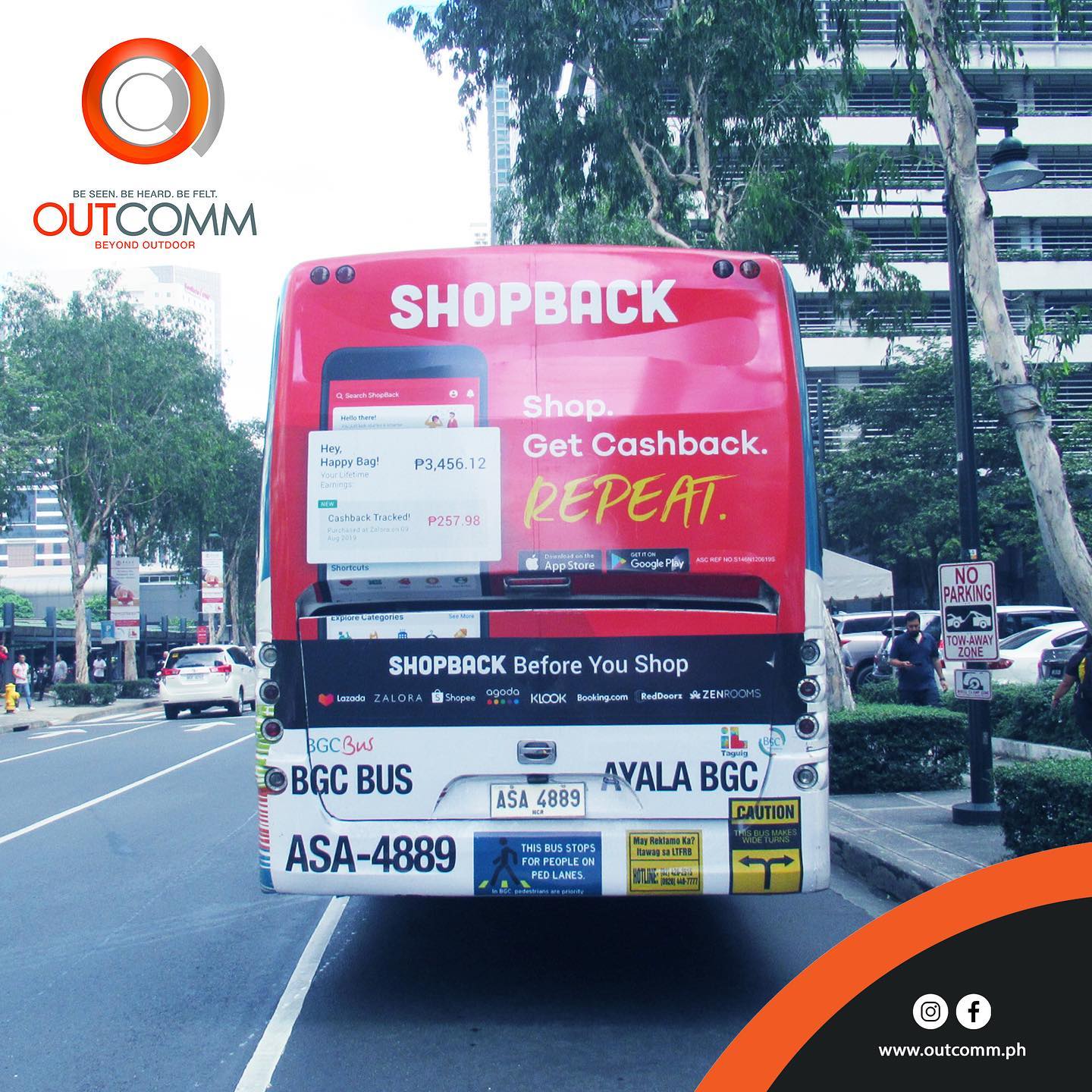Leading Advantages of Transit Advertising Philippines for Businesses
Leading Advantages of Transit Advertising Philippines for Businesses
Blog Article
How Transit Marketing Can Change Public Transport Spaces Into Dynamic Advertising Operatings Systems
Transit advertising holds substantial capacity to redefine public transport areas into vivid marketing platforms that involve and inform. By utilizing ingenious layouts such as digital display screens and interactive kiosks, brands can not only reach a diverse target market but likewise boost the overall commuter experience. This method develops a distinct possibility for brand names to get in touch with consumers in a setup that is frequently forgotten. As we explore the complex benefits and progressing approaches of transit advertising, it increases the concern of just how this makeover could redefine our communications with both brand names and the city setting.
Advantages of Transportation Advertising

In addition, transportation advertising is very economical compared to typical media. It enables marketers to accomplish high impressions at reduced costs, maximizing roi. The restricted audience of travelers provides a possibility for brands to communicate their messages to individuals that are frequently responsive during their traveling times.
Additionally, the vibrant nature of transit marketing permits campaigns to be upgraded frequently, making sure that messaging continues to be timely and pertinent. This adaptability can be vital in responding to market trends or promotional events, maintaining the brand name top-of-mind for customers. Lastly, the prevalent visibility of transit marketing adds to brand recall; repeated exposure within acquainted travel contexts reinforces brand name recognition and fosters consumer commitment, inevitably improving and driving sales brand name online reputation.
Sorts Of Transportation Advertising And Marketing
Public transportation systems offer numerous layouts for advertising and marketing, each dealing with different advertising methods and target market engagement methods. One popular type is outside bus and train covers, which cover the whole automobile and develop a mobile signboard result, permitting high presence in city atmospheres. These covers can catch interest as they pass through hectic roads, reaching a diverse audience.
One more prominent format is indoor advertising and marketing, which consists of posters, digital screens, and advertisements on transportation seats. These placements engage travelers during their trip, enhancing brand messaging in a confined space. Digital presents, in specific, provide the advantage of vibrant material, enabling advertisers to upgrade messages in real-time.
Station advertising is additionally considerable, featuring posters, banners, and interactive stands within transit terminals. These advertisements leverage foot web traffic and can target certain demographics based upon place.
Finally, marketing partnerships with transit authorities can bring about distinct projects, such as themed transportation experiences or events, enhancing the general engagement with travelers. Each kind of transit marketing offers distinctive benefits, enabling brands to customize their method to effectively reach their target market within the public transportation ecosystem.
Involving Travelers Efficiently
Travelers are increasingly inundated with advertising and marketing messages during their everyday trips, making it vital for brand names to engage them in ingenious means. To capture interest in this jampacked area, marketers should focus on imagination and relevance. Making use of distinctive visuals and concise messaging can dramatically enhance the probability of interaction.
Interactive elements, such as QR codes or augmented truth attributes, can additionally transform static ads right into immersive experiences, cultivating a much deeper link with the audience. Brands ought to concentrate on resolving travelers' interests and needs, my website tailoring messages to resonate with their way of life, whether with promos for neighborhood organizations or solutions designed to enhance their commuting experience.
Additionally, timing plays a crucial role; strategically placing advertisements during top travelling hours can take full advantage of presence and effect. Engaging commuters efficiently additionally entails leveraging social media sites assimilation, allowing guests to share their experiences or promos straight from transportation systems, thus amplifying brand name reach.
Essentially, reliable interaction depends upon comprehending the commuter journey and creating engaging, interactive, and pertinent marketing experiences that not only capture focus yet likewise drive action and commitment. By doing so, brand names can transform mass transit right into a vibrant marketing system that go to the website resonates with its audience.

Measuring Advertising And Marketing Impact
Exactly how can brands properly examine the efficiency of their ad campaign in transportation environments? Gauging the effect of transit advertising and marketing requires a multifaceted strategy that integrates quantitative and qualitative metrics. One prevalent approach is tracking interaction through mobile analytics, where brand names can analyze foot website traffic patterns and app communications before, throughout, and after projects.
Surveys can give important understandings into brand name recall and consumer belief, allowing brands to determine exactly how well their messages reverberate with commuters. Furthermore, keeping an eye on social networks interaction related to certain projects can reveal changes in public assumption and brand conversation.

Additionally, working together with transportation firms can enhance measurement accuracy, as they commonly have detailed market information on ridership fads. By incorporating these methodologies, brands can develop a detailed understanding of their advertising and marketing efficiency, making certain that their projects not just get to yet also impact their target audiences successfully.
Future Fads in Transit Advertising And Marketing
A substantial change is prepared for in transportation marketing as technical improvements and altering consumer behaviors reshape the landscape. Transit Advertising Philippines. The combination of interactive media and digital displays is anticipated to boost interaction, enabling brands to deliver vibrant web content that resonates with diverse target markets. As public transport systems welcome clever innovation, marketers will certainly utilize real-time information analytics to customize messages based on passenger demographics and actions
In addition, increased truth (AR) is positioned to transform the way travelers engage with advertisements. By providing immersive experiences, AR can change a mundane trip right into an engaging story that catches attention and cultivates brand commitment. This innovation will likely urge advertisers to create even more experiential campaigns that drive customer interaction.
Sustainability is an additional important pattern affecting transit advertising. As ecological awareness grows, brand names will progressively look for to line up with environmentally friendly practices, using sustainable materials and advertising eco-friendly campaigns within their campaigns.
Verdict
Finally, transportation advertising and marketing provides substantial advantages by boosting brand exposure and involving a captive audience. With numerous styles, such as outside covers and digital displays, it changes mass transit into a dynamic advertising and marketing platform. Efficient involvement strategies and robust dimension strategies even more magnify its influence. As trends progress, the possibility for innovative communications in between brands and travelers is poised to grow, making certain that transportation advertising stays an essential part of modern advertising methods.
Transportation advertising and marketing holds substantial potential to redefine public transport areas into dynamic marketing platforms that involve and educate. The pervasive presence of transit advertising and marketing adds to brand name recall; repeated exposure within acquainted traveling contexts strengthens brand recognition and cultivates consumer loyalty, inevitably driving sales and boosting brand track record.
Exactly how can brands properly examine the efficiency of their advertising projects in transit environments?In verdict, transit advertising offers significant benefits by enhancing brand name exposure and involving a restricted audience. Transit Advertising Philippines. As fads develop, the possibility for ingenious interactions in between commuters and brands is positioned to grow, making certain that transit advertising and marketing stays a vital element of modern advertising and marketing techniques
Report this page